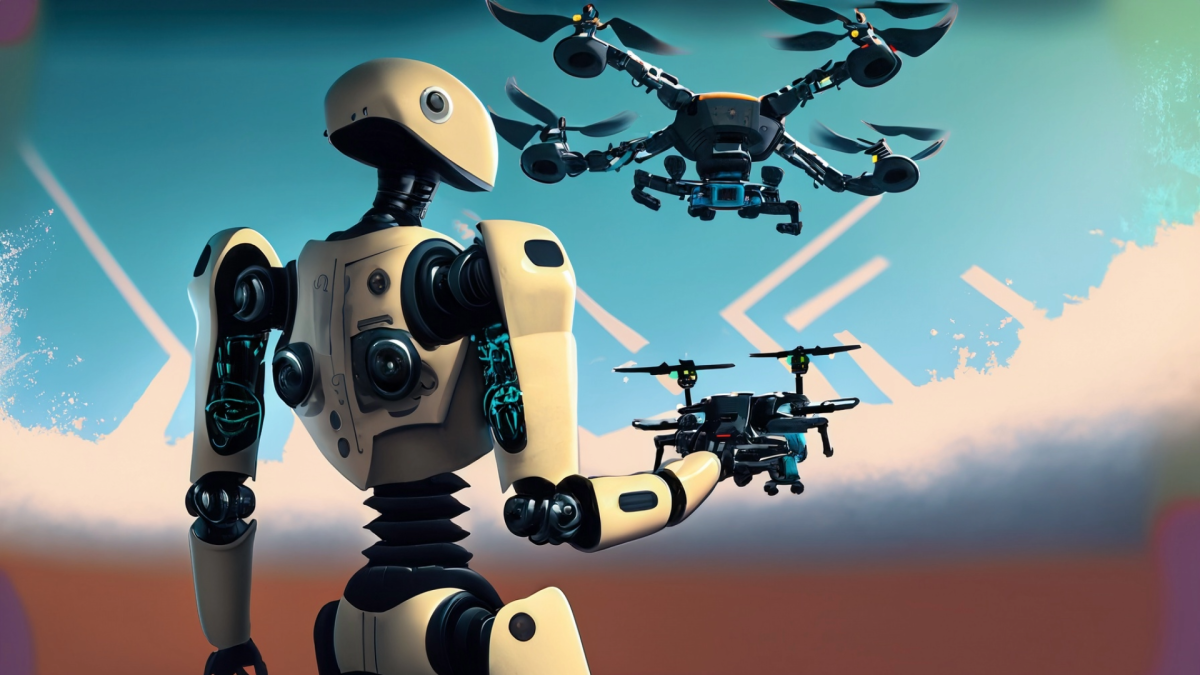
Edison Robot Challenges
by Cori Long
In this hands-on lesson students review the Edison robot and coding in Edscratch. They will then work together to solve math problems and then code the Edison robot to match their solution to the math challenge. This lesson has students calculate the size of a polygon using Scale Factor. Once they have the new measurements of the polygon, they will code Edison to travel the distance and shape of the new polygon. Note: This lesson can be modified to create math challenges to go along with your standards.
This is the 2nd lesson in a series of 4. Links to lessons and resources are included.
Lesson Plan Link/URL
https://docs.google.com/presentation/d/17k8mhSOEogIdXn7EZSmKRBVrDcPwQJJO/edit?u…Subject Area
Technology 3. Knowledge Constructor 5. Computational Thinker Engineering S3: Apply Mathematics to Engineering S5: Apply Technology to Engineering Mathematics Number and Operations in Base Ten (NBT) Geometry (G) The Number System (NS)
Featured
On
Related Content

Grades:
5th Grade, 6th Grade, 7th Grade, 8th Grade
Empower with solar, motors & wireless! Unravel renewable energy, motor tech & wireless applications in an engaging STEM journey.

Grades:
6th Grade, 7th Grade, 8th Grade, 9th Grade, 10th Grade, 11th Grade, 12th Grade
Are your students fans of Formula 1? If they are or aren't this lesson will take a look into the dominance of Red Bull Racing in Formula 1. Why is Red Bull so dominant? Is it the driver or the

Grades:
6th Grade, 7th Grade, 8th Grade
In the Drone Light Show project, students will explore the intersection of technology, creativity, and teamwork by designing and programming their own synchronized drone light show. Utilizing DJI